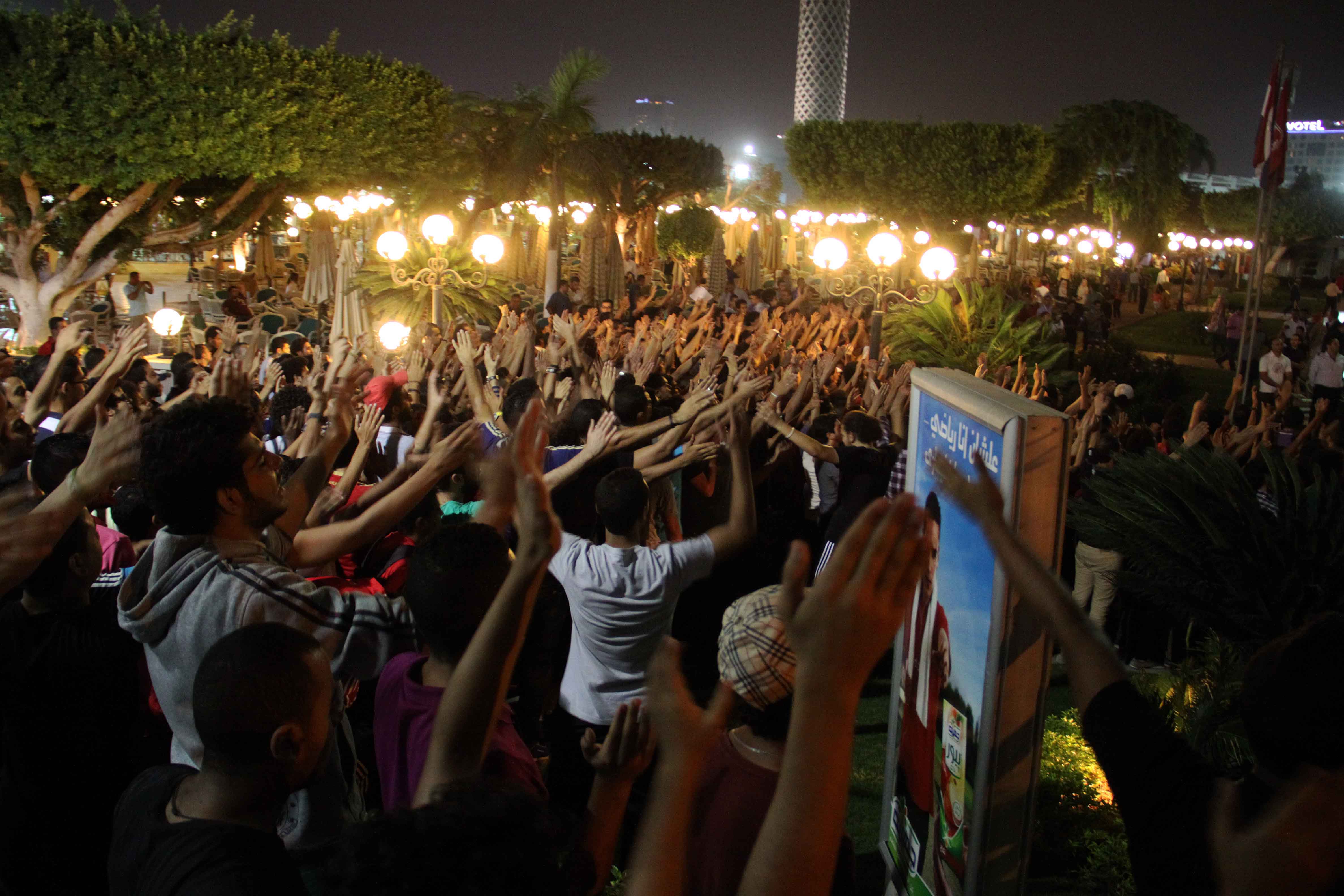Parents enrolling their children in schools nowadays will likely be told that the school follows the Montessori system. But do parents really understand what this system is and whether it’s better than the regular system?
“Children are born with the same kind of rhythm in their body. (From birth onwards) they begin to create themselves, said Marguerite Richardt, directress of the International Montessori Center in Maadi – which opened in 1984 – and representative of Montessori Programs International.
When talking about the Montessori approach and its implementation in a culture like Egypt, she said children learn by doing what the people around them do.
The Montessori approach, as opposed to traditional teaching methods, focuses on the child learning by observing and acting rather than being told what to do.
The teacher in a Montessori classroom is not called a teacher, rather she is called a directress. For this approach to work, it is crucial to observe children at all times.
According to Richardt, parents should ensure that the person dealing with their child under the Montessori system has a diploma in the method because it requires a trained teacher, otherwise, the approach will not benefit the child.
Montessori focuses on using all five senses in teaching. It also “encourages children to have a sense of responsibility towards education, said Rana Samir a teacher at an international school in Cairo who implements the Montessori approach in her Arabic class.
Samir obtained a diploma in this method from the International Montessori Center in Maadi.
Children develop at different rates and advance at their own pace, Richardt said. She also said children need movement to develop their brains and the Montessori approach makes sure children make the movements that will develop the necessary brain cells.
What may be considered wrong in traditional classrooms is viewed differently in a Montessori set up. For example, children can move around the classroom freely in the Montessori system while in a traditional setting they would not be allowed to leave their seat without permission.
Observing the child closely, the directress has to determine the child’s intention for every action they take. Their attention is directed to something else if they are “misbehaving rather than being punished because, according to Richardt, children mainly do things to get attention.
The Montessori classroom is set up in five stations: practical life, language, sensory, math and cultural. Students are given a weekly plan and are free to explore and execute the tasks at their own pace, thus encouraging independence and developing a sense of responsibility towards learning.
Children learn through trial and error rather than being told what is right or wrong. Activities are not restricted to books and paper. For language, specifically Arabic, Samir said children’s hand muscles are strengthened, especially the right side because Arabic is from right to left. Each letter is learned by studying its shape, sound and by using different pictures.
The Montessori system has specific tools to aid this educational approach.
Safinaz Mattar has a master’s degree in early childhood and teaches in Key to Knowledge Academy in New Jersey, USA. Her school offers the Montessori approach to students aged 3-6 and 6-9. The director, she said, must have certain qualifications and characteristics to create a peaceful, effective environment in the classroom. Of these characteristics, she said, teachers must have patience and use a calm, soft voice.
On the other hand, Mattar said the transition from a Montessori classroom to a traditional classroom is sometimes difficult. In her school, they use the Montessori approach up to fourth grade. The Montessori system puts children into age groups of 3-6, 6-9, 9-12 and so on, but it is more common in earlier years.
When she walks into a traditional classroom with children who were in a Montessori classroom for four years, Mattar says she feels they are not as “happy as they used to be because they get bored from the traditional routine.

